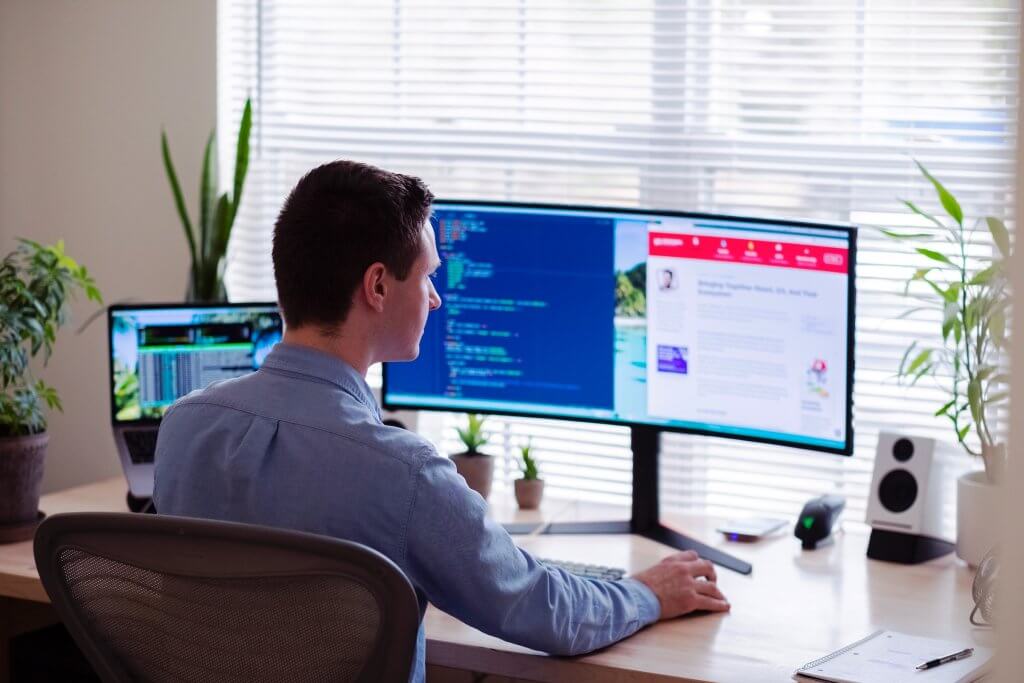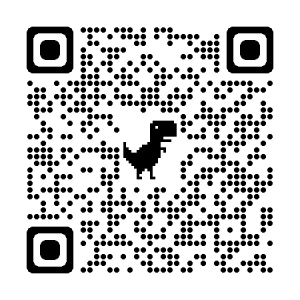
New ATO Reductions for Working From Home 2022-23
The COVID-19 pandemic has disrupted the way we work, with many Australians forced to work from home to comply with social distancing measures. This has led to an increase in WFH expenses, such as internet and phone bills, electricity, and heating/cooling costs.
In response, the Australian Taxation Office (ATO) introduced a simplified method for claiming WFH expenses, allowing taxpayers to claim a flat rate of 80 cents per hour for all WFH expenses. However, as we move towards a post-pandemic world, the ATO has announced changes to the WFH expense rules for the 2022-23 financial year.
Under the new rules
The simplified method of claiming a flat rate of 80 cents per hour will no longer be available. Instead, taxpayers will need to use the “actual cost” method, which requires them to keep receipts and calculate the actual expenses incurred for work-related purposes, including internet, phone,electricity bills, and home office equipment such as laptops, printers, and office furniture.
The ATO also mandated the tracking of the hours worked from home under the new rules, starting 1 March to 30 June 2023, which requires documentation such as timelogs. Taxpayers will also need to keep track of the hours they worked, as they will only be able to claim expenses for the hours they have actually worked from home.
A revision to the fixed-rate method is also made effective 1 July 2022. The chief change is the adjustment from $0.52 for every hour spent on WFH to $0.67. For workspace, the ATO removed the need to have a dedicated space at home set aside as the working location. Taxpayers may also calculate the claim for utility, stationery, and other consumables.
In addition to WFH expenses, the ATO has also made changes to other tax rules for the 2022-23 financial year. For example, the tax-free threshold has been increased to $18,200, and the top tax bracket has been adjusted to apply to those earning over $180,000.
How do these changes affect taxpayers?
The ATO has stated that this change is necessary because many workers return to their workplaces and no longer work from home. This decision has been met with mixed reactions, with some welcoming the move towards greater accuracy and others concerned about the impact on low-income workers and the increased complexity of the process.
While the actual cost method may be more complex than the simplified method, it may result in a more accurate reflection of the actual expenses incurred for WFH purposes. This may be particularly beneficial for those who work in industries with high work-related expenses, such as the IT sector. Otherwise, low-income workers or those with minimal work-related expenses, the simplified method may be more beneficial.
Take note that taxpayers may still be able to claim a flat rate for some WFH expenses, such as phone and internet expenses, if they meet certain criteria. For example, if you have a dedicated work phone or internet service, you may still be able to claim a flat rate for these expenses.
It’s important for taxpayers to weigh the pros and cons of each method and choose the one that is most beneficial for their individual circumstances.
Monitoring of work from home expense claims
The ATO has also stated that they will be closely monitoring WFH expense claims and will be conducting audits to ensure that taxpayers are claiming the correct amount. This means that it’s important for taxpayers to keep accurate records and only claim expenses that are legitimately incurred for work-related purposes.
As we approach the end of the financial year, taxpayers should have started preparing for tax time.
If you have been working from home during the pandemic, you should have kept track of all work-related expenses incurred. Consider keeping a separate bank account or credit card for easier tracking and calculation.
Make the process much easier with UBUDGET‘s Transaction History feature. It provides a detailed breakdown of all your transactions, including those made through online banking.
You can search for specific transactions with variables such as date, description, amount, payment method, and account balance. Additionally, the transaction listings can be sorted according to the bank account connected to the app.
If you liked our “New ATO Reductions for Working From Home 2022-23” and find it useful, check our blogs regularly for more information to get updates on UBOMI’s money planner app.
DISCLAIMER: This article is for informational purposes only and is not meant to replace or supersede official tax advice. UBOMI has no working relationships with the ATO or any outside accounting professional engaged in taxation services. Please consult your bookkeeper for your solutions.




